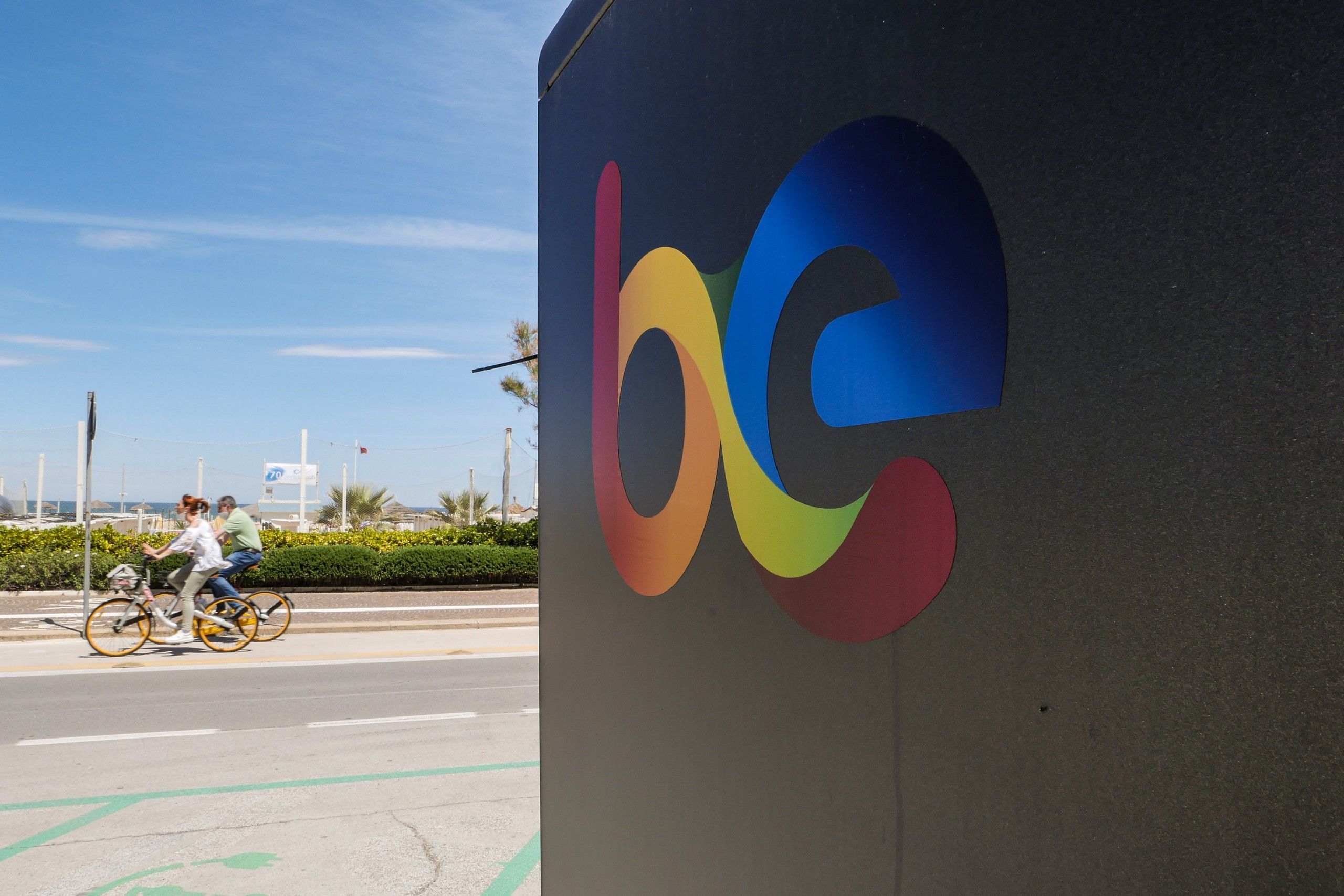From Fasano to Lecce, the capital of Salento, continuing towards Nardò, Gallipoli, Santa Cesarea Terme, Otranto and Roca Vecchia.
Our electric journey in Salento begins in Fasano, in the province of Brindisi, a destination best known for the city’s safari zoo. Apart from this attraction, the town has a number of cultural landmarks, such as the Egnazia excavations, the Lama Antico rock park and more. We opt for a tour of the town’s historic center, while waiting for our electric car to recharge at the charging station in Via Montenegro.
1. Fasano
After lunch in a typical local trattoria, we head a few kilometers from the Brindisi town to spend a relaxing afternoon in the Torre Canne district, famous for its crystal-clear beaches. When we wake up, we head for Lecce, the capital of Salento.
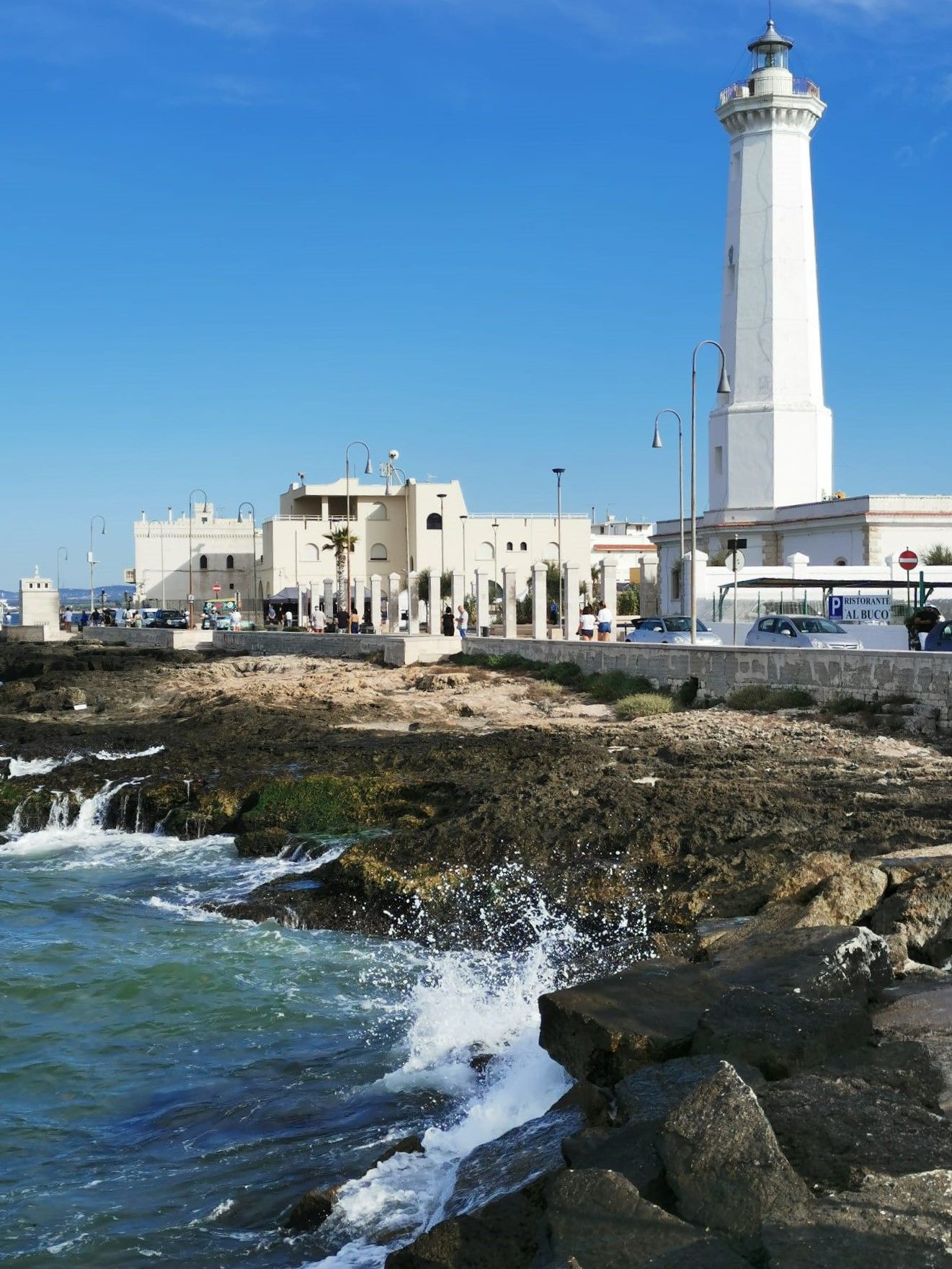
2. Lecce
The Apulian city is a Baroque jewel: everywhere you look, the province abounds with palaces full of history. Despite the heat, we decide to visit Piazza del Duomo – with its 12th-century cathedral and 68-metre-high bell tower – and Piazza S. Oronzo, the heart of the city, with an extraordinary Roman amphitheatre that remained buried until its discovery in the 20th century. Also not to be missed are the splendid façade of the Basilica di Santa Croce and the three city gates (Napoli, Rudie, San Biagio).
As well as being an artistic gem, Lecce is also a creative centre with incredibly talented artisans using papier-mâché, terracotta and local Lecce stone to create unique works of art. Needless to say, browsing through the many workshops that line the streets of the historic centre is a must!
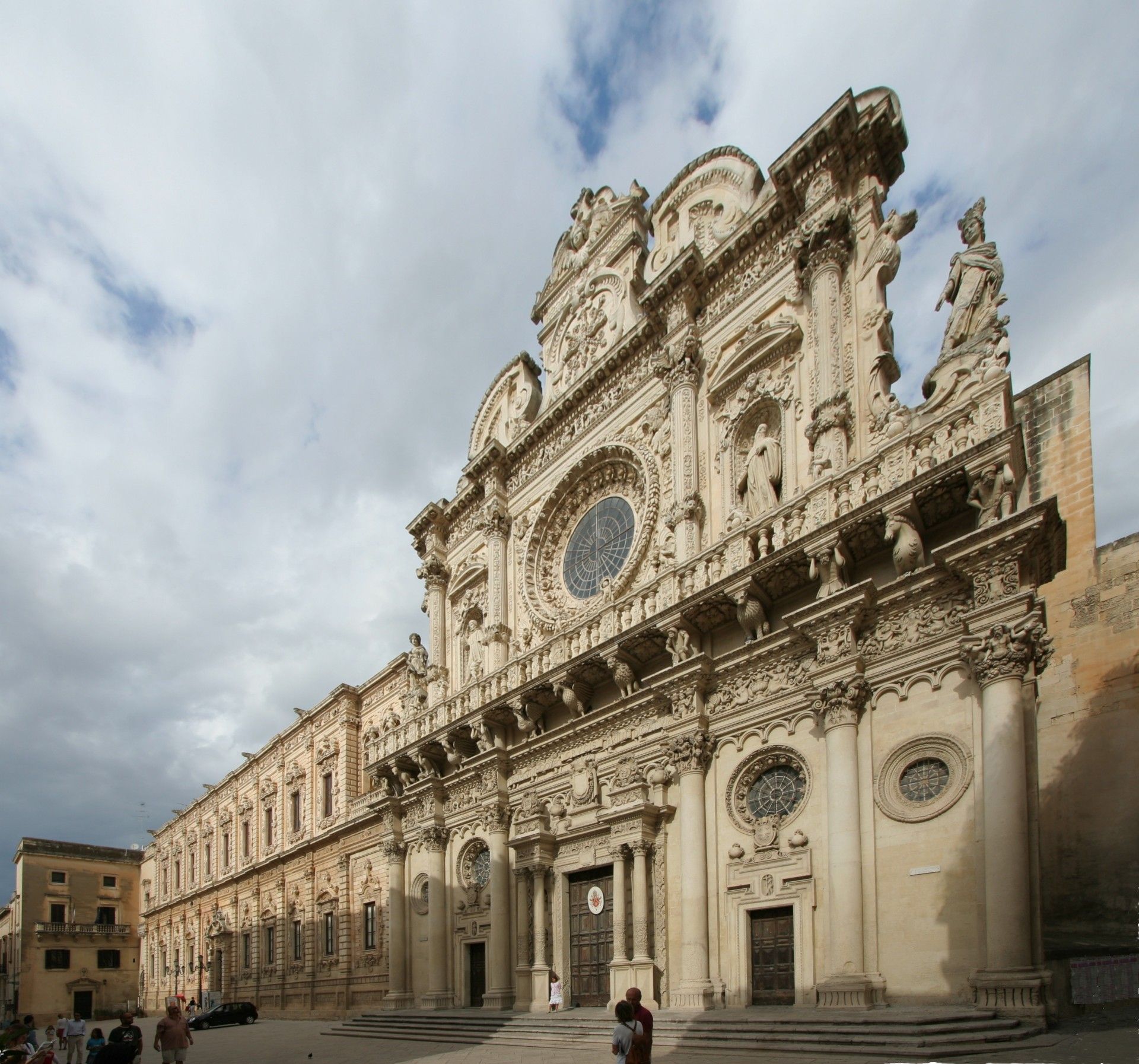
Lunch turned out to be a hearty aperitif of local delicacies at the delicious rotisserie La Bottega del Corso, where we feasted on broad bean puree with chicory, cheese, salami and taralli, all washed down with an excellent Negroamaro wine.
3. Nardò
In the afternoon we drove to Nardò and, after leaving our car at the charging station in Via Incoronata, we continued our cultural day visiting the well-known town in the province of Lecce.
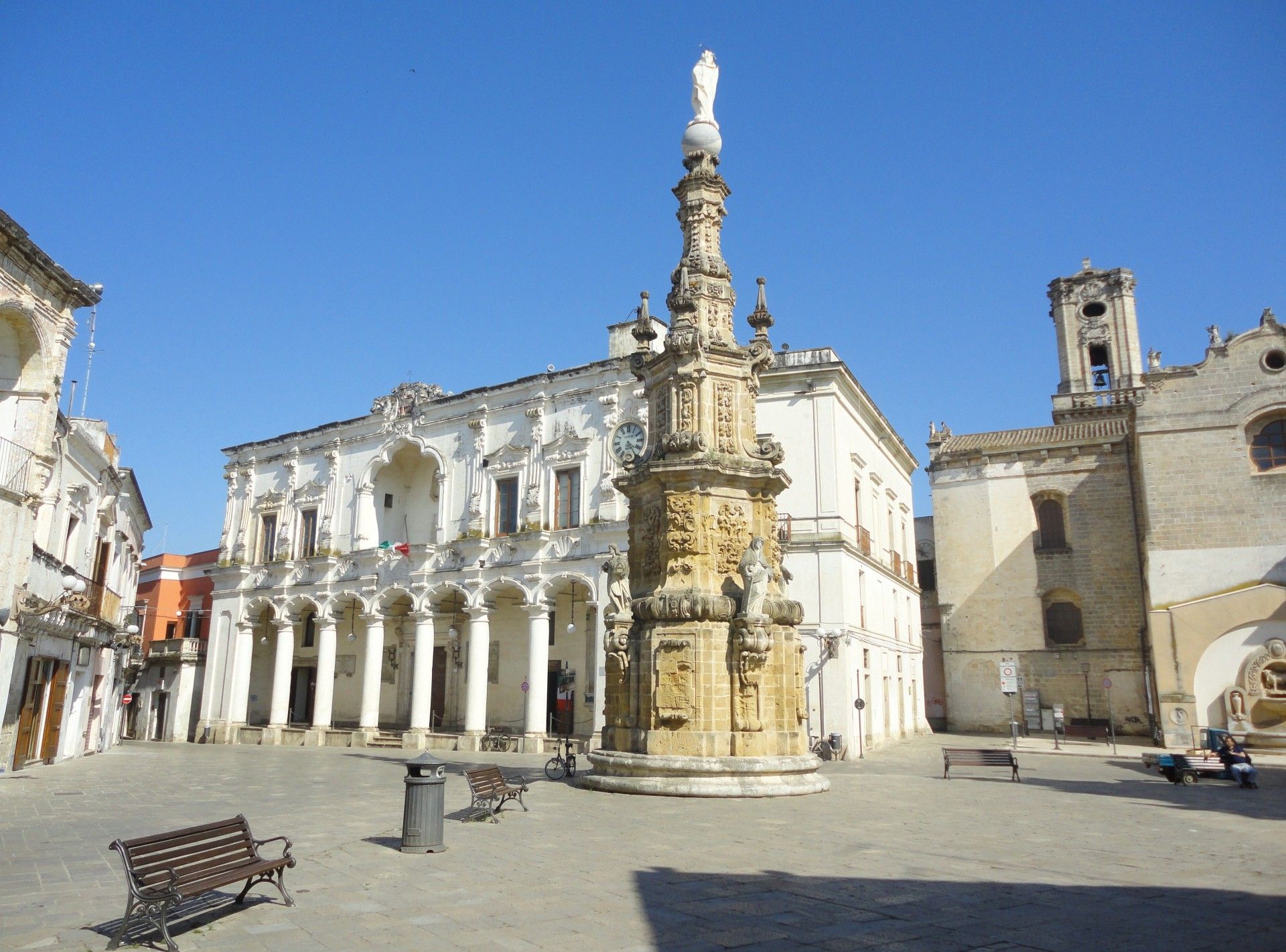
The town is considered to be the second most important Baroque town in Salento and a stroll around Piazza Salandra is enough to realise this. Apart from the well-known cathedral of Santa Maria Assunta, a walk through the town’s alleyways will take you back in time.
4. Gallipoli
Back in the car, we go for a swim at sunset in Rivabella, and after dinner we arrive in Gallipoli, where the hotel where we will spend the night is waiting for us. The alarm clock goes off shortly after dawn: waking up early in Gallipoli is the only way to enjoy a bit of peace and quiet in the town during the high season, being in one of the capitals of Italian summer nightlife.
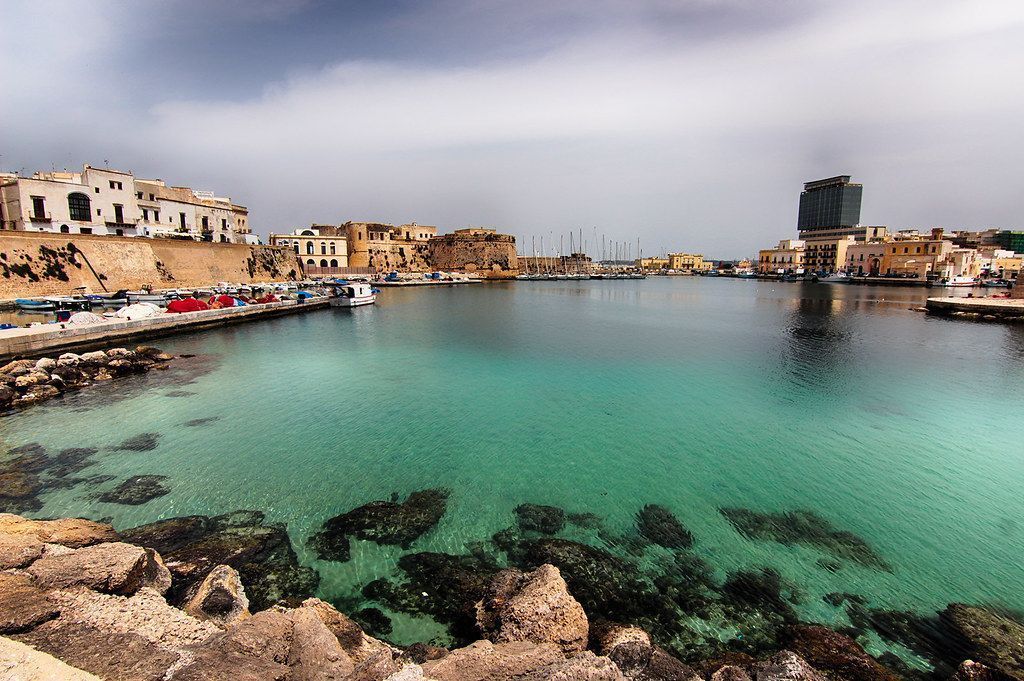
With our bellies full, after a cappuccino and a pasticciotto – you can’t say no to this speciality – we set off towards the old town centre, which stands on a small island connected to the mainland by a bridge and surrounded by ancient fortified walls.
We decided to visit the Castle, and then proceeded on an interesting itinerary tracing the history of the town, passing by the Cathedral of Sant’Agata and the Church of San Francesco d’Assisi, which features the wooden statue of the Malladrone (the thief crucified next to Jesus), which the Italian poet D’Annunzio described as a masterpiece of “hideous beauty” in one of his poems.

Wandering through the many narrow streets of the historic centre, we also came across the Frantoio Ipogeo, an ancient oil mill where you can observe the ancient process of oil production in the area. After a delicious lunch of orecchiette al sugo in one of the pretty trattorias along the seafront, we spend the early afternoon at the Spiaggia della Purità, a crescent-shaped stretch of beach right next to the historic centre. A few hours later we pick up the car and head for the other side of Salento, towards Santa Cesarea Terme.
4. Santa Cesarea Terme
After a small pit stop halfway down, in Matino, we arrive in the spa town, one of the most popular on the eastern side of Salento. Once we have parked the car at the guesthouse we have booked and relaxed a little at a beach, we take a walk in the town centre, where the beautiful landscape is the backdrop to the most important building in the area, Villa Sticchi.
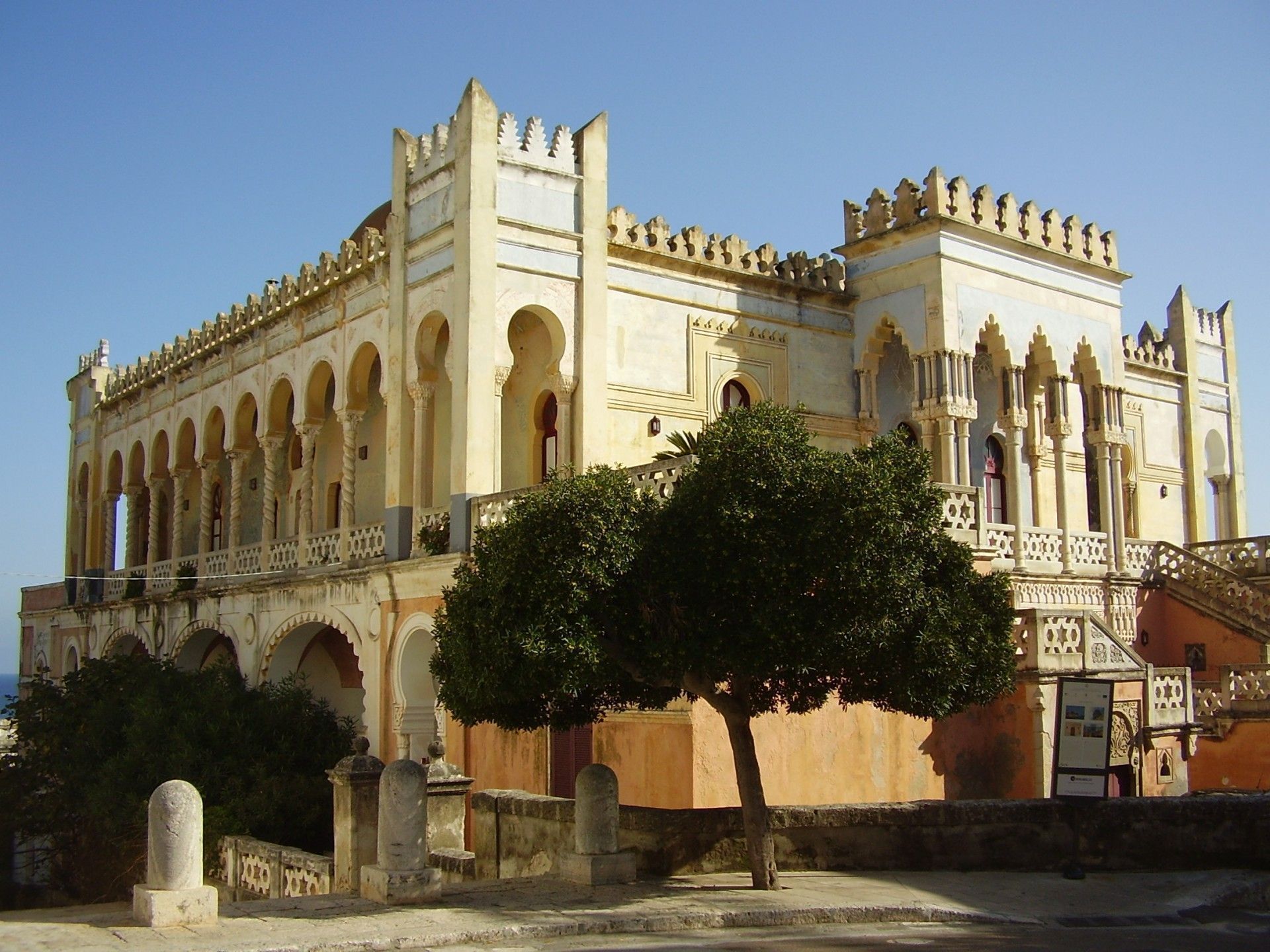
5. Otranto
The next morning we pick up the car and head to one of the most famous and charming towns in southern Puglia, Otranto. Italy’s most easterly city (that’s right) has a historic centre perched on a hill overlooking the Adriatic Sea, surrounded by fortified walls built in the 15th century to protect the city from the Saracens.
We start our walk from the Aragonese castle at the entrance to the historic centre, a must if you’re passing through. We then spent a good couple of hours strolling through the maze of narrow streets and passageways, browsing the shops and simply enjoying the spectacular views from the scenic waterfront square – on a clear day you can even see the Albanian mountains from here!

Other highlights of the town include the lovely little church of San Pietro with its beautiful Byzantine frescoes and the Cathedral of Santa Maria Annunziata, which boasts an extraordinary mosaic floor depicting the tree of life, as well as a chapel containing the relics of 800 local citizens who were beheaded in the 15th century.
6. Roca Vecchia
Before lunch we arrive at Gradoni beach to freshen up, and after lunch we return to our electric car en route to one of Italy’s most beautiful places, the poetry cave in Roca Vecchia. We spend the afternoon here and the night in a nearby hotel, before leaving the next day for home.
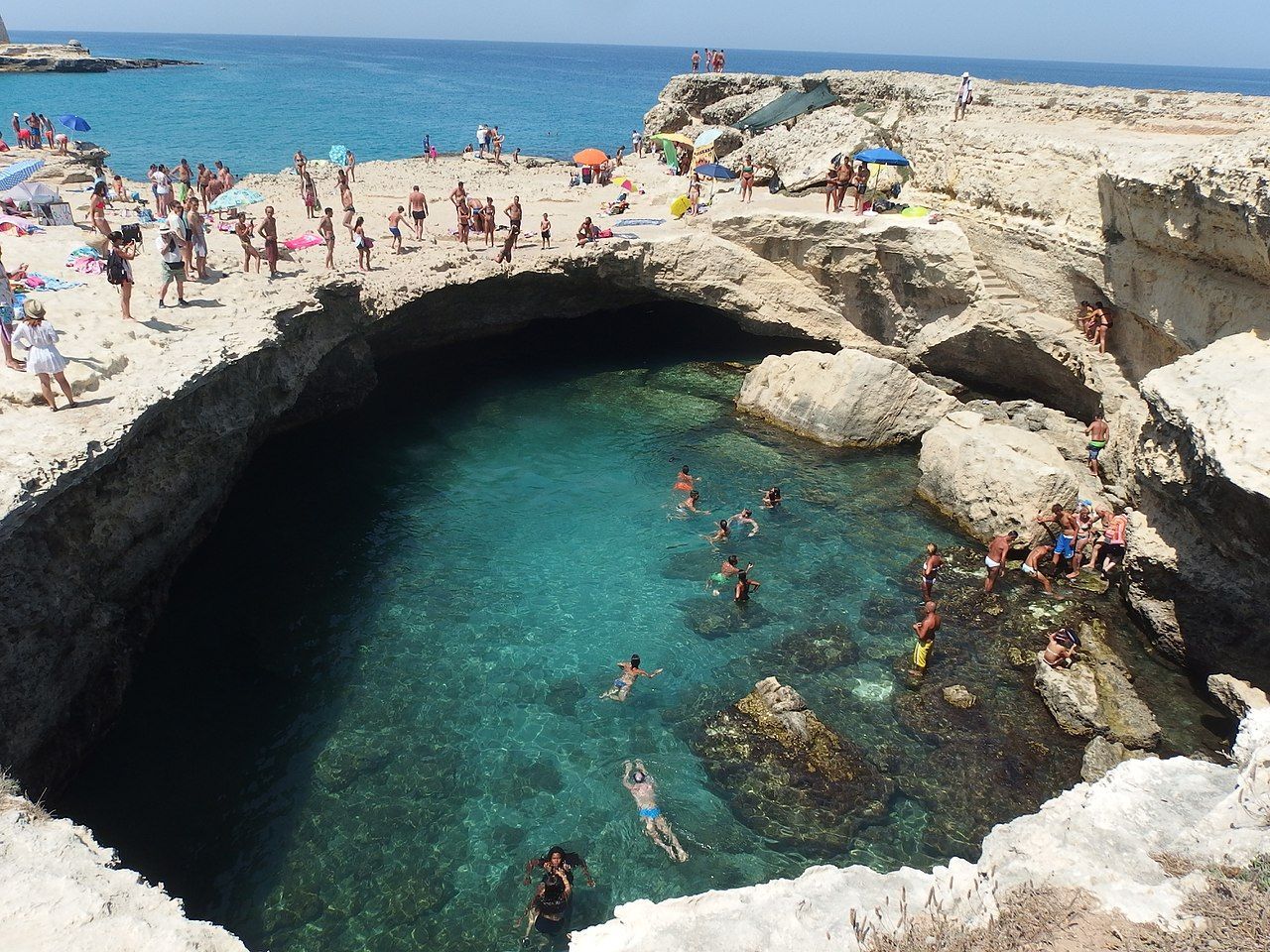
In conclusion, after these four hectic but relaxing days, we leave with two certainties: Italy has nothing to envy to more exotic destinations and travelling by electric car is easy even in our country.







